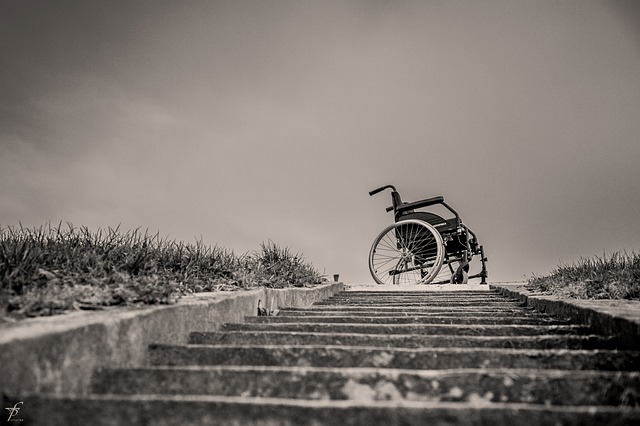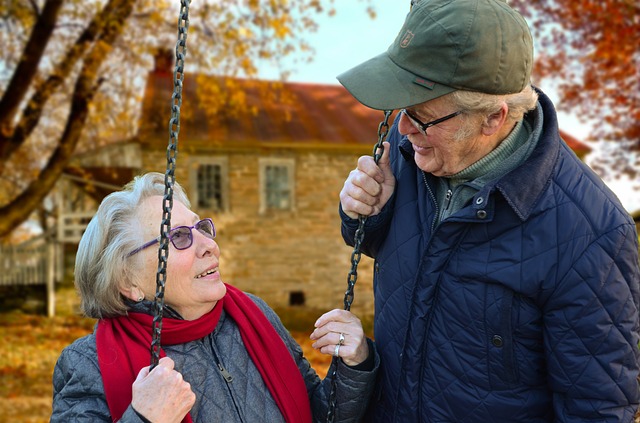Julie Entwistle, MBA, BHSc (OT), BSc (Health / Gerontology)
The foundation of the profession of Occupational Therapy is creating Person-Environment-Occupation fit. We call this our PEO model. What it means is that optimal function arises from the best interaction of the person, their environment, and those “occupations” that are the daily tasks they need to complete.
So, if you are struggling to complete daily activities, or are feeling that you need more support to manage at home, or are worried you might get injured falling in or around your house, perhaps you need to consider, or are considering, home modifications.
But before you get scared at the thought of a large-scale renovation, it is important to recognize that home modifications can be as small as changing some door handles to as large as installing an elevator. There is a continuum, and your capabilities, needs, and current environment will dictate a custom approach. So, what is the process for understanding how home modification can help, and how can you possibly fund these? I am glad you asked…
Perhaps I am biased, but in my opinion, the process should start with an occupational therapy assessment. If you call a contractor for a quote to say, renovate your bathroom, he will provide you with the estimate you want. But what the contractor won’t understand is the PERSON or the OCCUPATIONS that person is struggling to complete. For example, if there are larger issues, or bigger problems lurking, is the contractor the right person to advise you on this? What if there are ways to improve your safety in the washroom without engaging in a full renovation of the space? An occupational therapist will be able to problem solve your concerns with you, while recommending multiple options to consider – from inexpensive to more costly. The few hundred dollars you will pay the OT may just save you thousands in unnecessary renovation costs.
Once you have considered all the available options, and have confirmed the scope of work, you will need to get estimates on the costs of the work involved. It is important that you hire a vendor that has completed renovations for accessibility before, as not all contractors will have this knowledge and expertise.
Now you have your price – so how can you pay for it? Here are some financing suggestions based on my years of experience in this field:
Insurance:
Extended Health – if you are still working, or still have access to extended health benefits, check your coverage. Many plans have up to $10,000 in coverage for home modifications. You will need to submit an estimate to them first for approval.
Motor Vehicle – if your disability has been the result of a motor vehicle accident, and you still have an open claim, you may be able to access funding through your insurance provider.
Veterans Affairs – if your disability has been the result of military service, Veterans Affairs may be able to provide funding.
Workplace Safety and Insurance Board – if your disability was the result of a workplace accident, and you still have an open claim, funding may be available through your WSIB.
Lenders:
Traditional Loan – if you are a homeowner with good credit, your bank may be able to provide you with a traditional loan for the monies you need. As with all loans, there will be interested and a set repayment schedule so budgeting beforehand is important.
Line of Credit – often people borrow money using the equity in their home as collateral. These are more flexible than a traditional loan and work more like a credit card. However, it requires discipline to make sure you are paying off some of the principal with each payment, as only interest payments are required on a monthly basis.
Reverse Mortgage – According to the Financial Consumer Agency of Canada, a reverse mortgage “is a loan that is designed for homeowners 55 years of age and older. Unlike an ordinary mortgage, you don’t have to make any regular or lump sum payments on a reverse mortgage. Instead, the interest on your reverse mortgage accumulates, and the equity that you have in your home decreases with time. If you sell your house or your home is no longer your principal residence, you must repay the loan and any interest that has accumulated” (Understanding Reverse Mortgages). There are pros and cons to this arrangement, and not all lenders offer this.
Second Mortgage – A second mortgage is basically another mortgage against a property that already has a mortgage. The second mortgage typically has a higher interest rate and is more risky for lenders and thus not all of them will offer this.
Talk to your lender or bank if you are looking to finance a renovation through one of these channels.
Government Programs:
March of Dimes – The March of Dimes Home Modification Program will provide $15,000 as a one-time home modification grant to people who qualify. For information on this program, click here.
Ontario Renovates – Formerly the Regional Assistance Program (RAP), this is a municipally-based program for low-income homeowners. The funding is provided to the municipalities to administer, but basically low-income homeowners apply based on modification needs related to a disability. The proposed changes need to be prescribed by an occupational therapist and the funds are provided in a forgivable loan, and / or via grant. The funding can even cover devices such as porch lifts, stair glides, etc. Each municipality has different funding allotments and qualification criteria. For the City of Hamilton, the program was just extended into 2019. For more information about the program, click here or contact your municipality.
Healthy Homes Renovation Tax Credit – while not a loan or grant, this program does allow people to claim a taxable benefit for funds they spent on home modifications. The maximum taxable return is 15% on $10,000 spent ($1500), and not all renovations are covered. For more information on this grant, click here.
Remember, properly planned renovations or changes to your home can have a significant impact on how you manage, and can protect you from future injury. You may not need one solution per problem as the best solutions are often ones that impact many areas of living in one foul swoop. Seek the services of an Occupational Therapist so they can help you to find the best PERSON-ENVIRONMENT-OCCUPATION fit for your renovation project.

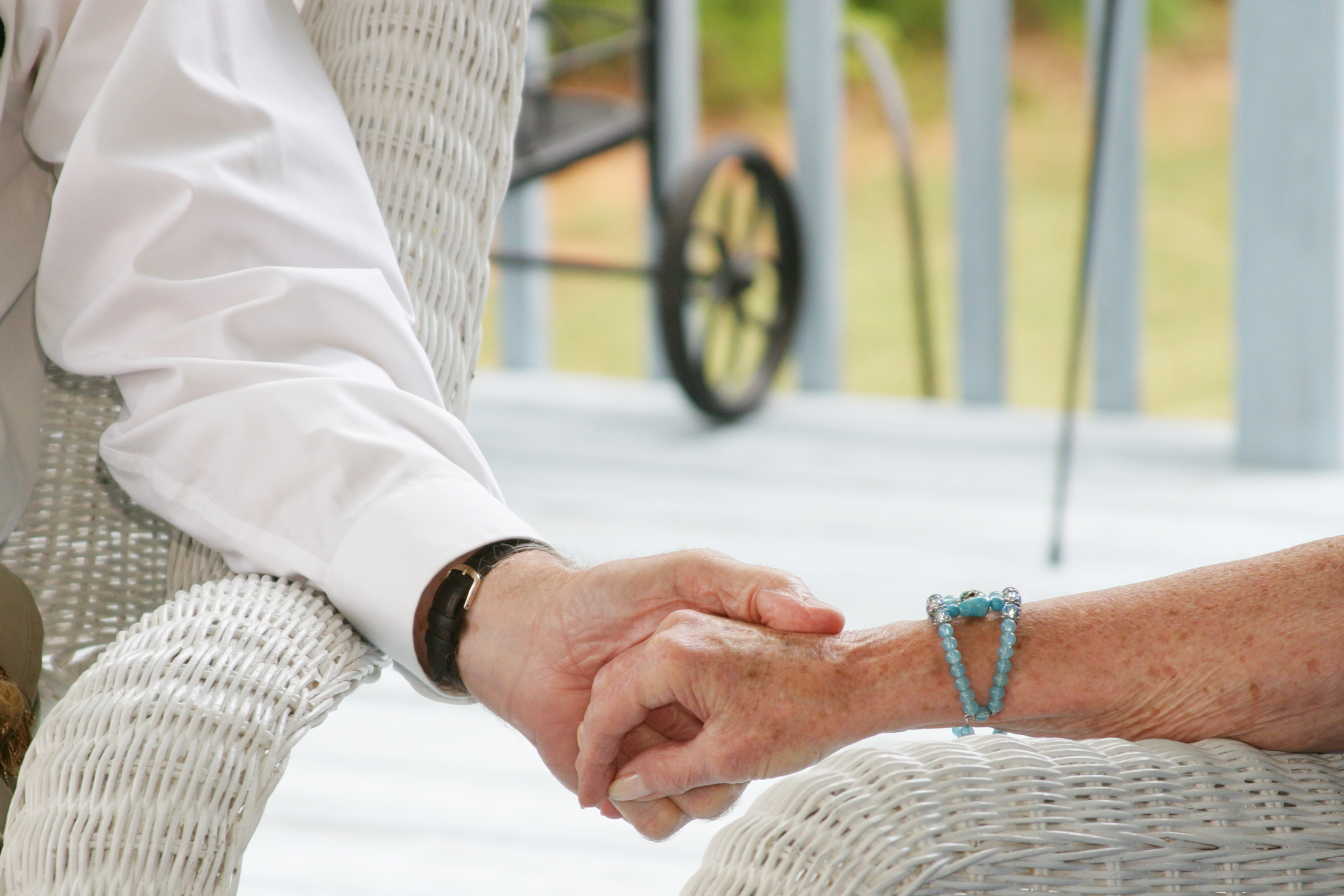
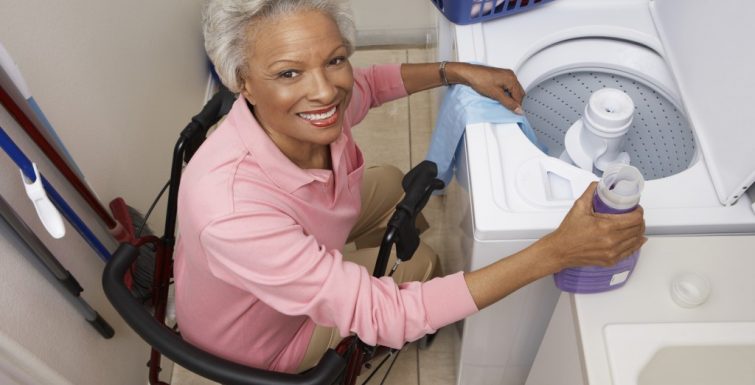
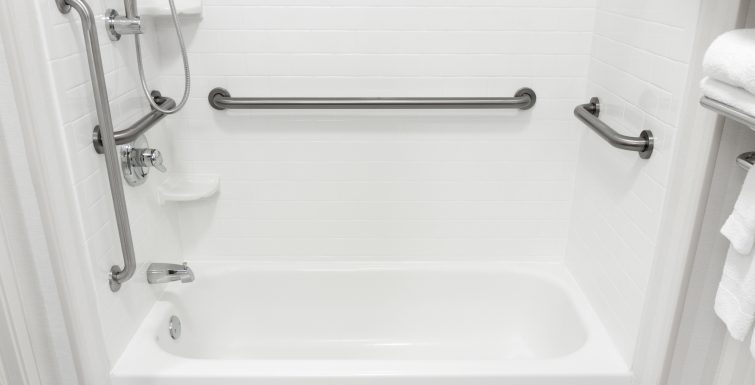
 , consider that the width of the door, when open, makes the door opening smaller than it is. Consider purchasing some recessed hinges that will allow your doors to swing as wide as your door frame, giving you an extra few inches to get through with a walker, wheelchair or commode.
, consider that the width of the door, when open, makes the door opening smaller than it is. Consider purchasing some recessed hinges that will allow your doors to swing as wide as your door frame, giving you an extra few inches to get through with a walker, wheelchair or commode.

